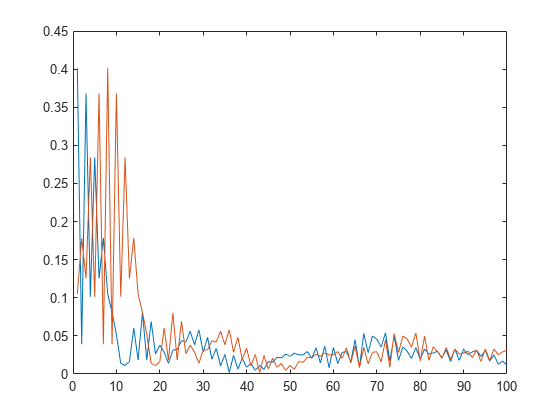lteULFrameOffsetPUCCH3
PUCCH format 3 DM-RS uplink subframe timing estimate
Syntax
Description
offset = lteULFrameOffsetPUCCH3(ue,chs,waveform)waveform,
given UE-specific settings, ue, and PUCCH format
3 configuration, chs.
The returned value, offset, indicates the
number of samples from the start of the waveform, waveform,
to the position in that waveform where the first subframe containing
the DM-RS begins.
offset provides subframe timing; frame
timing can be achieved by using offset with the
subframe number, ue.NSubframe.
This behavior is consistent with real-world operation because the
base station knows when, or in which subframe, to expect uplink transmissions.
Examples
Input Arguments
Output Arguments
Version History
Introduced in R2014a
